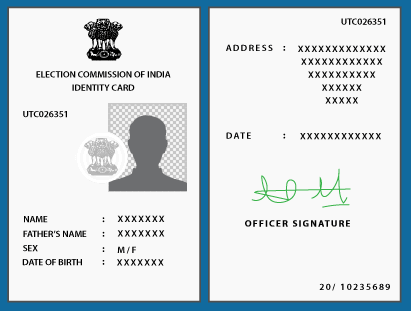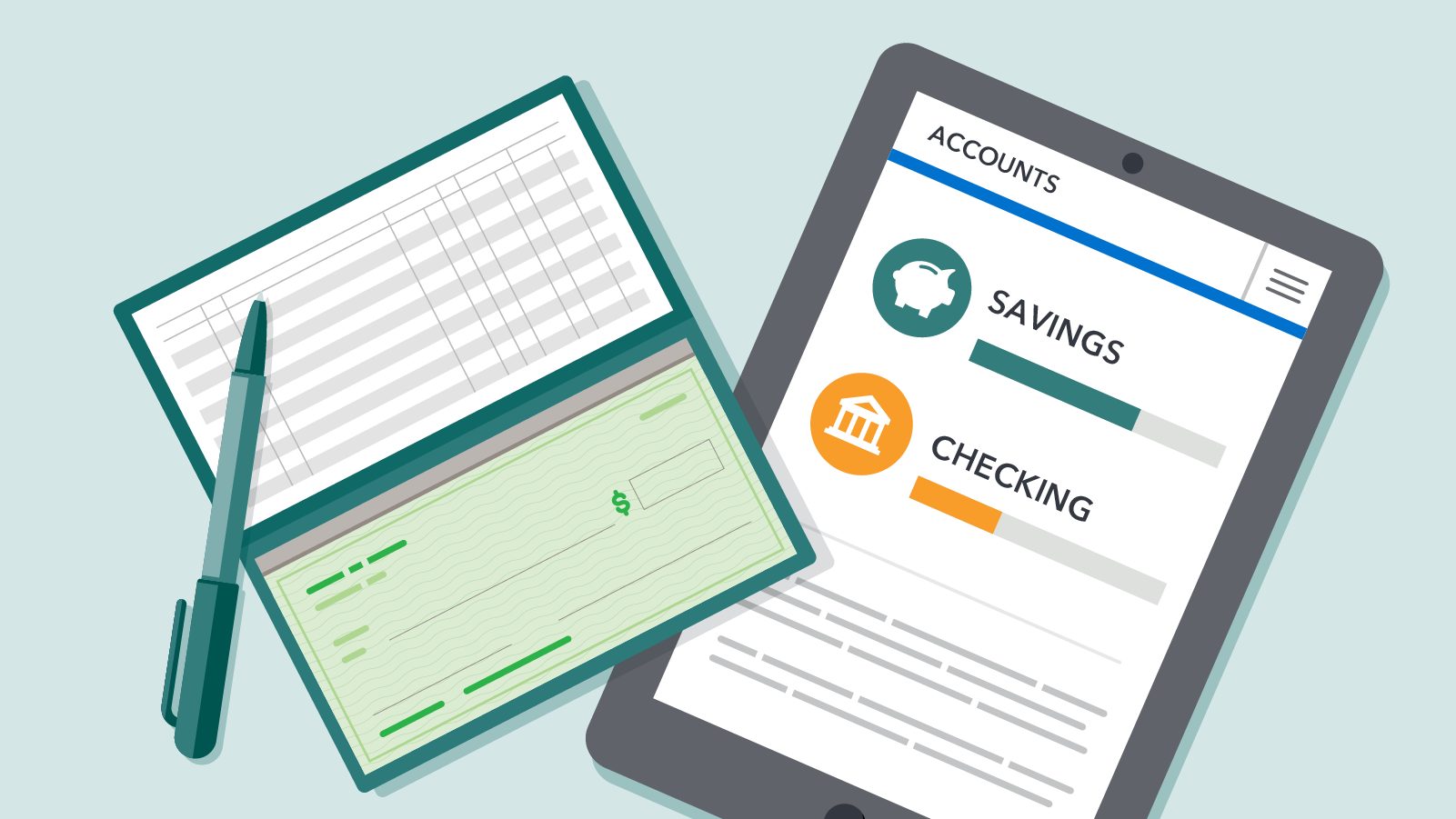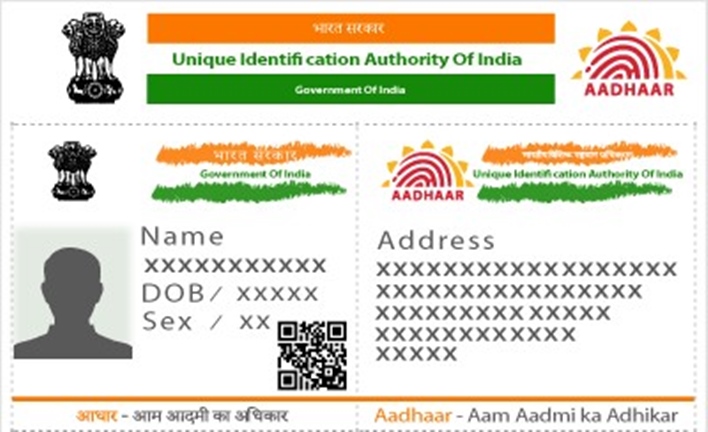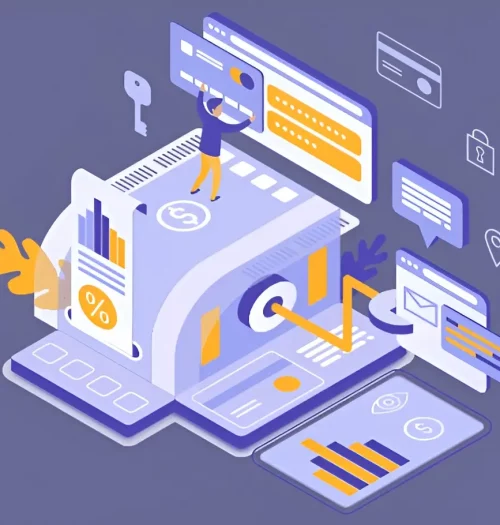Why should your lending business get
API-fied?



Everyone is talking about it!
API is like the buzzword in the lending sector!
But what are APIs and why is there so much hype around them?
API stands for Application Programming Interface. They have been around for many years and have now turned more mainstream for their unique abilities.
In layman terms, APIs include a series of protocols that allow a software solution to call on functions from other sources and systems. In lending, APIs enable the lender to acquire critical information that is essential for decision making.
Where do APIs sit in the lending sector?
When the quantity and quality of data available with the lender is accurate and extensive, it turns into a competitive advantage for the borrower. However, the lender must be able to gather that kind of information in a cost-effective and secure manner.
When the information in hand is validated through relevant sources, decision making becomes easier, and the lender is better positioned to assess loan requests from a whole array of customers.
This is where, APIs join the game!
With the pandemic catalysing the need for digital lending and the percentage of bad loans increasing, APIs are here to stay and become the future of efficient and safe lending!
How important is efficient loan decision making?
The RBI has reported a whopping Rs 660 thousand crores of bad loans for Indian banks since 2014.
A popular opinion behind the downfall of the 94-year long Lakshmi Vilas Bank is its unwarranted shift of focus to larger loans.
Clearly, bad loans can bring down any organization irrespective of its legacy and calibre.
What benefits do APIs deliver for a lending organization?
- APIs enable rapid decision making by providing data points from any third-party source including the Indian government.
- APIs allow the lender to delve deeper into the metrics.
- APIs do not store any data within them and are therefore 100% secure and safe.
- The Loan Origination System is made error-free through APIs, thus generating higher and better business for the borrower.
- APIs save money, time and effort needed for loan processing.
Why does the lending sector need APIs?
Apart from above mentioned benefits of API, there are for compelling reasons for borrowers to embrace an API-driven structure. They are:
- Industry regulations.
- Competition from new entrants and fintech players.
- Increasing need to go digital.
- Paving way for newer revenue streams.
What are the APIs used in the loan origination process (LOS)?
The Loan Origination Software includes multiple APIs that can be categorized as follows.
1. Identity verification: This includes APIs for PAN card, driving license, voter ID, passport and AADHAR verification. Techniques like OCR are used by the APIs and no customer data is stored in them at any point. Therefore, the privacy data remains unaffected.
2. Address verification: Generally, two important checks are made under this category and they are electricity bill validation and LPG verification.
3. Vehicle verification: The RC number of a borrower is all that it takes for this verification, using which, certain personal details, like address, age and name of the owner can be identified easily. This type of check can also be called asset verification.
4. Financial verification: Financial data is hard to acquire, can be complex and yet is important to make a valid decision in the loan origination system. Tools like data scrapping and penny drop API are used for financial checks like bank account verification, bank statement analysis, ITR extraction and GST details (GST details are also collected for merchant verification). Again, the data is 100% secure during the process.
5. Utilities API: Face crop API, Face match API, Name match API and Face Liveness are some of the APIs used in this category.
6. Digital contracting: When the loan has been approved the borrower needs to initiate the E-sign transaction. APIs can be used for this purpose too.
7. OCR service: OCR stands for Optical Character Recognition. It is used to convert text from images into machine-coded text. For example, OCR API can be used to read a scanned copy of a document and the data obtained from the image can be repurposed for use by the borrower.
A deeper look into the range of APIs available for the lending industry follows…
Identity verification:

PAN Check
- Input Required – PAN number of the customer
- Output Delivered – Real-time verification of the PAN number
- Sources Used – Database from National Securities Depository Limited and the Income Tax Department.
- Benefits – Instant results. Real-time and therefore the most recent changes can be captured.

Driver’s License (DL) Check
- Input Required – DL (Driving Licence) number
- Output Delivered – Verification of DL validity, Photo of licensee, Name & Address as per DL, Date of birth and Date of issue of DL, Blood Group, Name of father or husband, Category of Vehicles the licensee is authorized to drive along with the effective date.
- Sources Used – National Database for Driving Licenses and Vehicle Registration.
- Benefits – Instant, comprehensive.
![]()
OCR
- Input Required – Scanned image of any ID of the customer
- Output Delivered – Card holder’s name, Father or husband’s name, Date of birth, Face extraction, PAN number and so on.
- Sources Used – Uses OCR technique to read vital information of the provided IDs.
- Benefits – Saves times, error-free.

Voter ID Check
- Input Required – Voter ID number
- Output Delivered – Authentication of the Voter ID number, Name of cardholder in English and regional language, Gender, Mobile Number and Email ID, Date of birth, Name of father or husband (in English and regional language), Complete address of cardholder (including district and state), Applicable polling, booth address, Applicable parliamentary constituency.
- Sources Used – National Portal of India/Electoral Databases.
- Benefits – Instant, comprehensive and helps identify identity fraud.

Passport Check
- Input Required – Passport number which is used to generate the MRZ code
- Output Delivered – First and Last name as on the passport, Date of birth, Date of expiration of passport, Type of passport, Address and age of the passport holder.
- Benefits – Instant and comprehensive

Offline Aadhaar
- Input Required – Aadhar Number and XML file upload from UIDAI site
- Output Delivered – Output for the XML and PDF mode is almost same except that the email and phone details will be delivered only through XML mode. Name, DOB, Gender, Address, Image.
- Sources Used – Information is obtained from two Government approved sources: E- Aadhaar and Offline Aadhaar XML
- Benefits – Instant and comprehensive
Address Verification
Electricity Bill Validation
- Input Required – Consumer ID and Name of the Electricity Service Provider.
- Output Delivered – Registered address of the customer, Electricity bill date, Date, number, and amount of the latest bill, Pending amount against the latest bill, Due date of the latest bill, Email ID and Phone number, Information about payment arrears and deposit.
- Sources Used – Regional State Electricity Board or the Authorised Electricity Supply Company of the state.
- Benefits – Useful for address verification.

LPG Connection Verification
- Input Required – LPG Customer ID (obtained from the bill).
- Output Delivered – Name & Address of the consumer, Email ID and registered phone number (last four digits), Registered Aadhar Number (last four digits), Name and Code of LPG Distributor, Consumer Number, Bank Details (Account number, bank name and IFSC code and branch details), Subsidy status of consumer, Number of subsidized refills consumed in the last year, Amount of subsidy availed, Total number of refills, Date from the last generated bill.
- Benefits – Useful for address verification.
Asset Validation
RC
- Input Required – RC number
- Output Delivered – Validation of the RC number (i.e. The given RC number is determined as valid or invalid using this API). The valid RC number yields the following details about the vehicle. Body type, Chassis Number, Fuel type, Registered color, Gross weight, Name of manufacturer, Number of cylinders, Engine number, Model and make, Registered name of owner, Owner serial number.
- Sources Used – Vahan is a nationwide search over the digitized data of Registered Vehicles
- Benefits – Used to validate basic details such as ownership, permit and so on for any vehicle (both commercial and private).
Financial Check
GST Verification
- Input Required – GST Number
- Output Delivered – Legal name of the business, State jurisdiction/State jurisdiction code, Central jurisdiction, Registered name of the business or individual linked with the specified GST Number, Taxpayer type, Business type (proprietorship/partnership/private limited, public company and so on), Nature of business, Address and contact information of the business, GST registration date and date of cancellation of registration, GSTIN last updated, Trade Name, Expenses incurred and revenue earned monthly, Client list, Tax payable.
- Sources Used – Central Board of Indirect Taxes and Customs (CBIC) Can be used to search a company using a GST Number.
- Benefits – Useful for verification of business loan and mortgage loan applications
Note: Alternatively, an API to verify the GST number alone is also available.

Bank Account Validation
- Input Required – Bank Account Number – IFSC Code of the corresponding bank
- Output Delivered – Status of the account- either valid or invalid, Name of the account holder, Bank Reference number, Amount used to verify the status of bank (which is usually INR 1)
- Sources Used – Validation is done through the penny drop mechanism.
- Benefits – Bank account can be verified within seconds. Can be integrated with mobile and web applications (rest API)

Bank Statement Analyser
- Input Required – OPTION 1: Uploading Bank Statements, OPTION 2: Using Net Banking Credentials.
- Output Delivered – Money Received / Paid Analysis, Total Debt/Credit in last 6 months, High Value Transaction Analysis, Average Monthly Balance, Average Monthly, Negative Balance, Benefit Cost Ratio Analysis, BTO Analysis, Frequent Transaction Analysis, Monthly Opening Balance Amount, Average Quarterly, Balance, Monthly Credit Card Amount, Internal Transaction Analysis, Penalty Analysis, Negative Balance Analysis, Inward / Outward Cheque Return, Analysis, EMI / Interest / Dividend Transaction Analysis, Loan Payment Analysis, Salary Analysis, Minimum Balance Analysis, Cash Deposit Analysis, Investment Analysis,OD utilization Analysis, Credit Gap Analysis, Total Number of Overdrawn Period, Unusual Transaction Analysis, Interest Gap Analysis
- Sources Used – Uses Data Scrapping technique.
- Benefits – Fetch key financial data of customer

ITR Extraction
- Input Required – IT Number
- Output Delivered – PDF copy of ITR (based on the duration i.e. number of years for which ITR details are needed), 26AS for mentioned duration, PAN number linked with the ITR, Phone number and DOB linked with the PAN number.
- Sources Used -Income tax portal
- Benefits – Fetches tax returns of the customer.
Useful for making key decisions about the loan application.

Digital Contract Aadhar Sign (Aadhaar E sign)
- Input Required – API initiates the E sign transaction. Request for the signing of a single (or multiple) PDF document is initiated by providing information about the document, places where the signature is needed, purpose of the signature, name and city of the signer.
- Output Delivered – INIT – Signed URL of the PDF document (valid for 48 hours).
- Benefits – Helps to access customers from remote locations.

Credit Bureau API
- Input Required – Name of the individual or business.
- Output Delivered – Credit score for the business or individual.
- Source Used – Registered credit agencies – CIBIL, CRIF High Mark, Experian & Equifax.
- Benefits – Instant results
Utilities API

IFSC Verification
- Input Required – IFSC Code
- Output Delivered – The following details pertaining to the IFSC code is delivered
Bank name, Bank code, Branch Address (City, District, State), Contact number, RTGS status. - Source Used – Any Indian Bank
- Benefits – Useful for bank and account verification.

Face Match API
- Input Required – User Image
- Output Delivered – A face match score is generated and can be interpreted as follows,
0 – Not Matched.
1-75 – Unlikely.
75-85 – Likely.
>84 – Very likely. - Source Used – User image is compared with authorized documents submitted.
- Benefits – Helps serve customers in remote locations.

Face Extract API
- Input Required – User Image
- Output Delivered – Cropped face image of the customer.
- Source Used – Delivers image by cropping face from a photograph.
- Benefits – Helps serve customers in remote locations.
![]()
Name Match
- Input Required – Name to be checked
- Output Delivered – Matching score for the given name.
- Source Used – Other authorized documents that carry the name of the customer
- Benefits – Helps to match the name easily.

OCR API
- Input Required – Scanned image of any ID of the customer
- Output Delivered – Card holder’s name, Father or husband’s name, Date of birth, PAN number and so on.
- Source Used – Uses OCR technique to read vital information of the provided IDs.
- Benefits – Saves times, error-free.

Face Liveness
- Input Required – Presence of customer using a camera
- Output Delivered – Face liveliness score
- Source Used – The live features of the face are matched with the image obtained through documents like Voter ID, Aadhar or DL.
- Benefits – Prevents chances of fraud and is useful for customers in remote location.

Mobile Number Validation
- Input Required – Mobile number of the customer.
- Output Delivered – Mobile number is determined if valid or invalid.
- Source Used – Truecaller
- Benefits – Saves times, error-free.

Social media scoring
- Input Required – Name of the customer and Social media login
- Output Delivered – Social media score – obtained through digital footprint of the customer.
- Source Used – Social media websites.
- Benefits – Offers additional information about the customer.
![]()
SMS Reading Capabilities
- Input Required – Mobile number of customer.
- Output Delivered – Consent of customer to read their SMS.
- Source Used – Consent obtained directly from customer.
- Benefits – Instant and useful for collection of key information

Email Validation
- Input Required – Email ID of customer.
- Output Delivered – Email ID is determined if valid or invalid.
- Benefits – Saves times, error-free.

Video KYC
- Input Required – Includes three steps,
1. Capture and validation of ID documents – Scanned copy of documents needed.
2. Capture and verification of video activity – A live video session must be arranged between the customer and the lending entity.
3. Face compare – Scanned ID documents and live video session needed. - Output Delivered –1. The ID document is validated and ensured that it is the right format.
Tampering detection.
2. Verification of the document with the aid of the source of ID document generation (optional).
3. Generates the link for video capture.
4. Performs three important checks – Face liveness check, face consistency check and video activity check.
5. Results obtained from the API include a video link, face snapshot, video activity details, video activity check, timestamp and geostamp.
6. Face compare result.
7. Document visual authenticity check. - Benefits – Real-time screening, Fraud detection.
The Final Word
Get API-fied with CloudBankin!
APIs are like the superpower needed by any lending organization.
Incorporated with all the above APIs, is the robust digital loan origination software solution, from CloudBankin.
This signature product addresses three main issues that banks and other lenders face while moving into the digital mode.
- CloudBankin integrates easily into legacy systems thus bringing down the cost, time and effort needed for the digital transition.
- As the APIs used within the product do not store any data within them, there are no security issues.
- The lending industry is evolving. The solution is also set to grow and embrace more and more APIs thus ensuring that the user stays updated with technology and operational efficiency.
Related Post

Navigating Through The NBFC Compliance Filings & Returns
Introduction Compliance filings are an essential part of the regulatory

Loan Origination – A Critical Step In Mastering The Loan Process
Introduction Planning to take a loan for yourself? The capital

Co-Lending: Understand How It Is The Future Of Lending
Overview The lending world has evolved significantly in the past
- Email: [email protected]
- Sales Enquiries: +91 9344243151
- HR Enquiries: +91 9080996576
Quick Links
Resources
© 2024 LightFi India Private Limited. All rights reserved.
(Formerly known as Habile Technologies)


